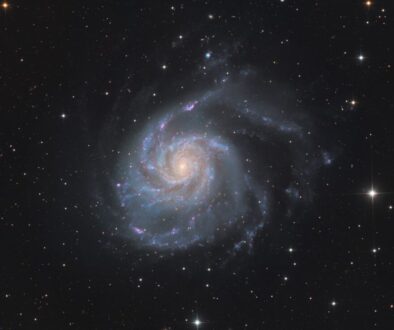100 Years Ago, Cecilia Payne Discovered What the Stars Are Made Of
The above image shows the core of globular cluster Terzan 5, just 22,000 light-years away in our own Milky Way, with a wide variety of colors and masses inherent to the stars within. With millions of stars within only a few tens of light-years of one another, this dense collection of stars is still incredibly sparse, with hundreds of billions of kilometers separating the average star from its nearest neighbor. It was only through the PhD dissertation of Cecilia Payne in 1925 that we learned what stars, like the ones shown here, are made of. Credit: ESA/Hubble & NASA, R. Cohen
For centuries, even after we knew the Sun was a star like any other, we still didn’t know what it was made of. Cecilia Payne changed that.
For a very long time, we’ve wondered just where the Sun got its power from, and what it was that caused the Sun (and all stars, for that matter) to shine so brightly.
For most of human history, we not only didn’t know about the process of nuclear fusion, but we also didn’t even know what the Sun (and all the rest of the stars) were made of, or why they shone with the properties they have.
All of that changed in dramatic fashion back in 1925, when scientist Cecilia Payne wrote what was perhaps the most brilliant PhD dissertation in the history of astronomy. Celebrate the hundredth anniversary of this achievement today.
(Source: Big Think)




